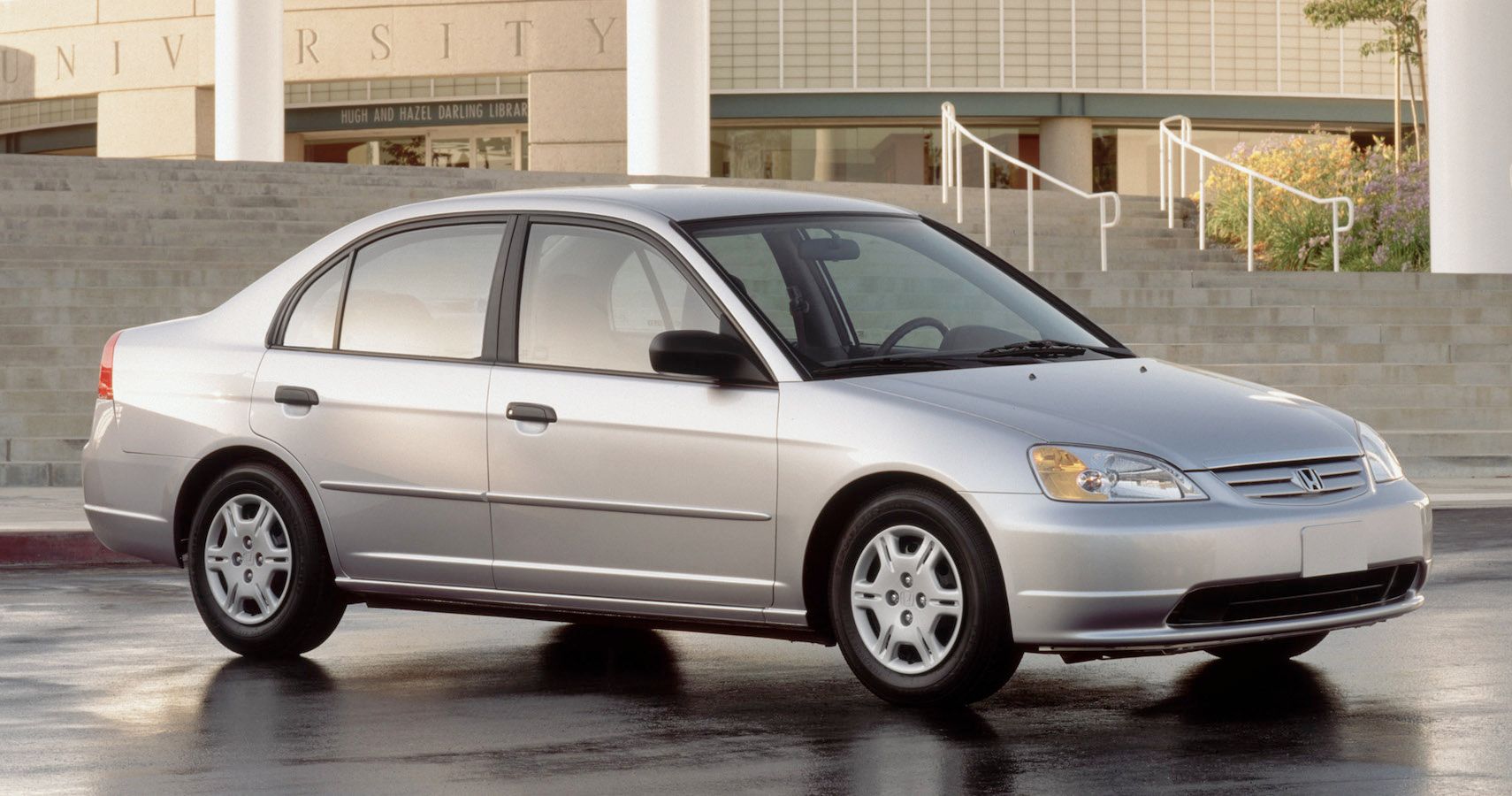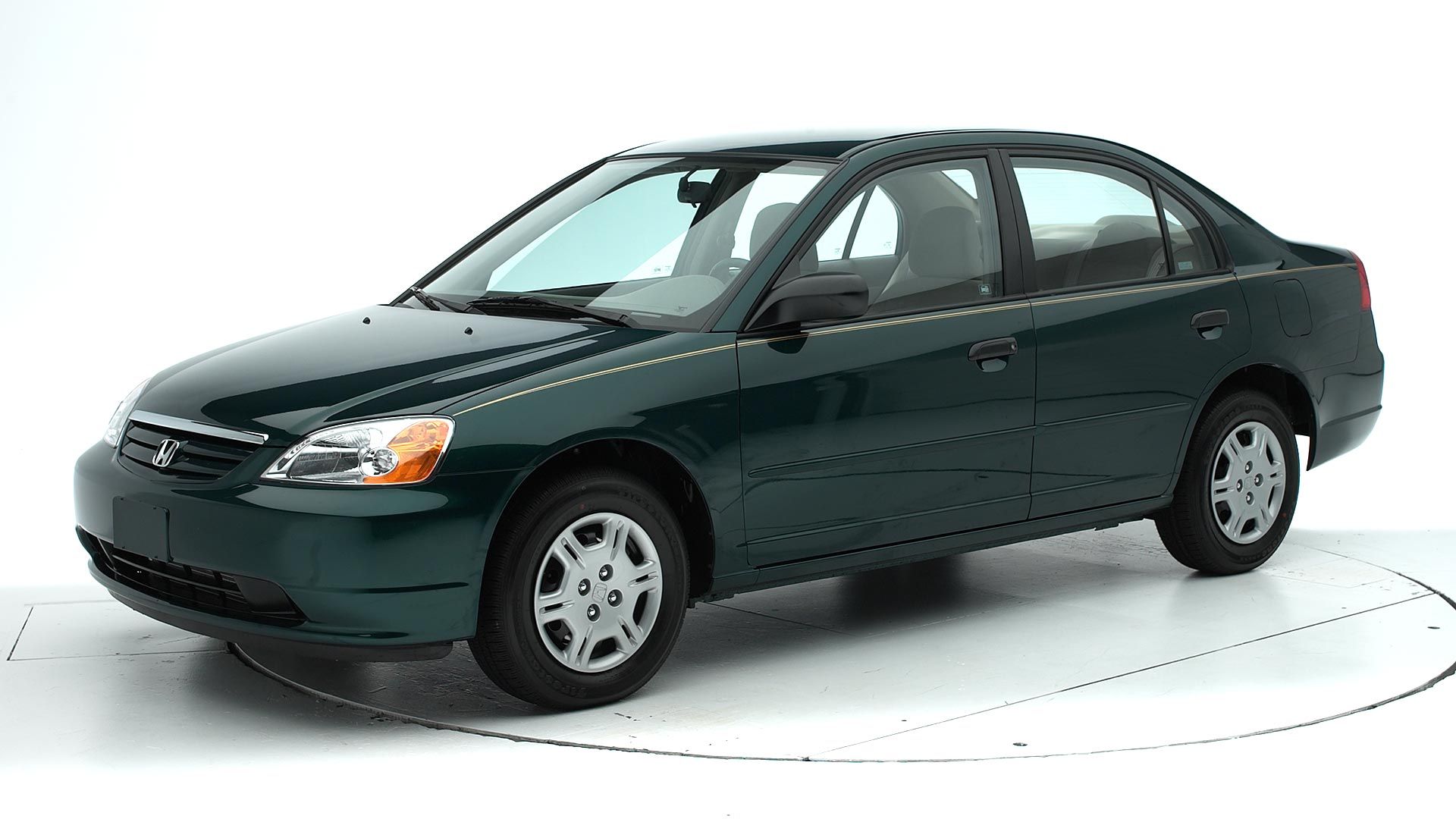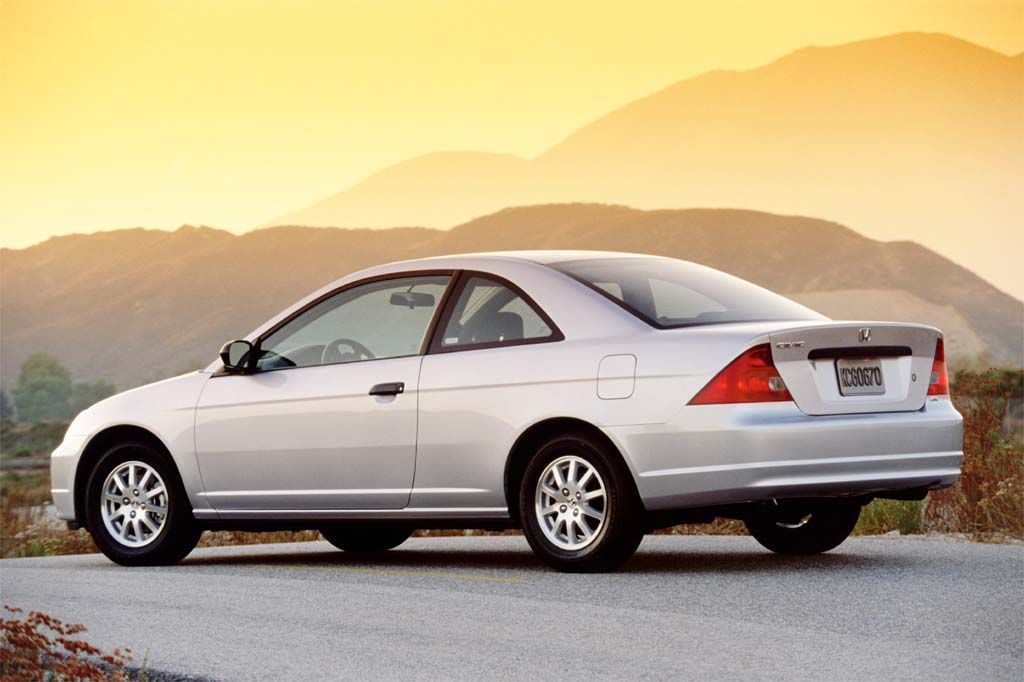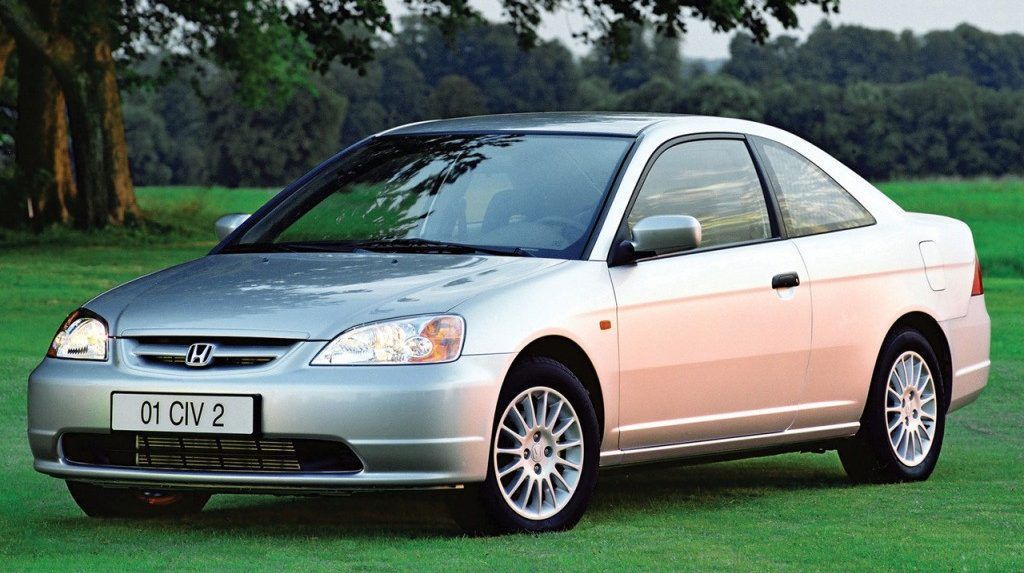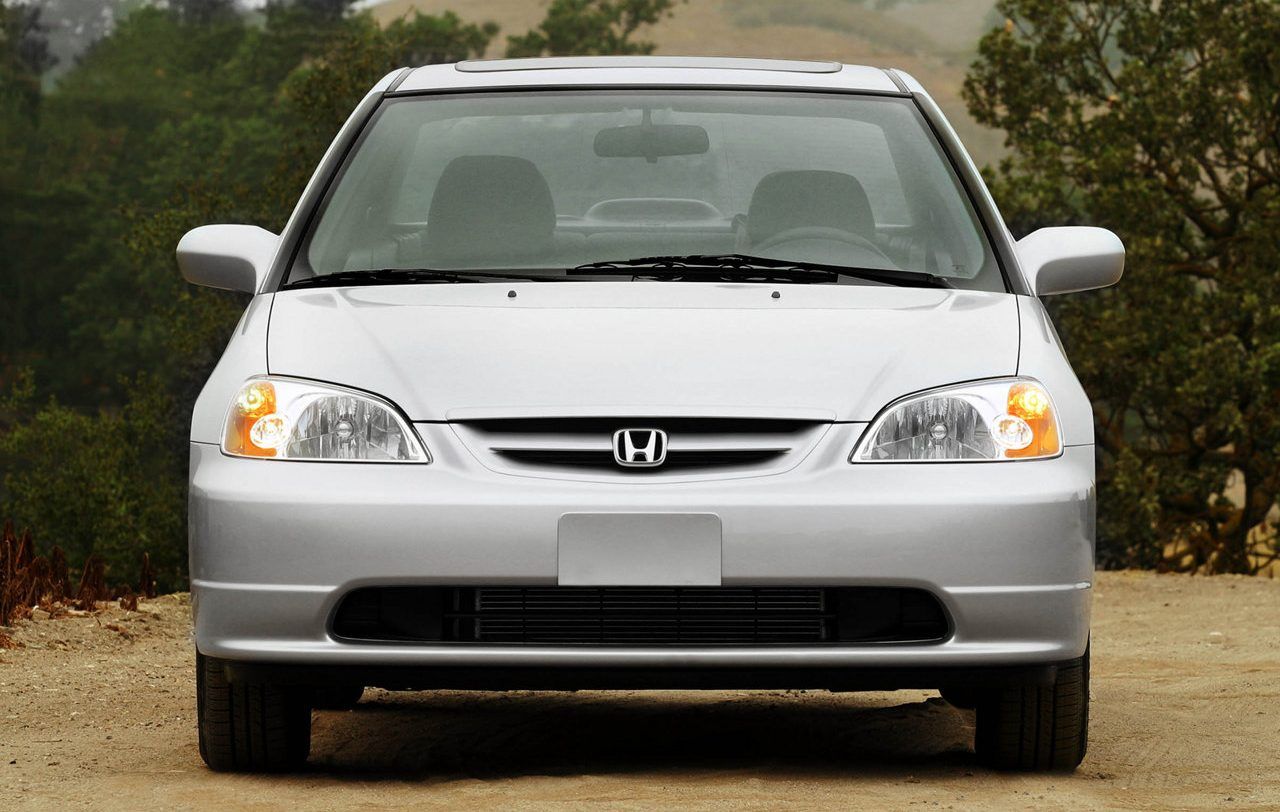Few automotive brands have earned the same strong reputation for reliability and affordability quite like Honda, and the Civic embodies both of those ideals. It's nothing glamourous, just a car that can do car things at a cheap price for a long time.
But every rose has its thorns, and while the Civic lineup is mostly dependable, Honda made some crucial errors when they introduced the 7th generation Civic in 2001. Some of the problems popped up right away, while others revealed themselves over time, but all 27 recalls are available for you to peruse on the National Highway Traffic Safety Administration website. One thing is certain: this isn't the Civic to buy.
The 2001 Honda Civic, while certainly being affordable, was bombarded with recall after recall. Let's take a look at what forced the Civic back to the factory on so many occasions.
The Faulty Fuel System Doomed It From The Start
The first of the seventh-generation Civics popped up on dealership lots in September of 2000. The first recall came only 9 months later, on June 6th, 2001. Not a promising start. But what's even more troubling is that the fuel system was the culprit. According to the NHTSA, the fuel pump could spontaneously stop working due to water stuck in the system, causing the pump to corrode and, eventually, the entire engine to stall.
On the same day, the NHTSA deemed the fuel filler clamp, which held one of the neck tubes in place, could come undone in the event of an accident due to insufficient clamping force. In short, Honda didn't tighten all their bolts, and if that were to ever occur, gasoline would leak out of the car, spill onto the pavement, and increase the risk of a fire.
Seatbelts That Worked A Little Too Well
Another issue that would arise had to do with faulty seatbelts. Now, you'll be happy to know that the seatbelts do work in a crash, keeping the occupants restrained and safe. However, once the dust has settled, it might be tricky to get the victims of the crash unbuckled.
This issue was found in 2002, with the problem seats all being in the back. The NHTSA first spotted the issue in the left and right rear seats and found the same issue with the center seat soon after. This doesn't seem like a huge deal, EMTs could simply use a seatbelt cutter, some people even keep one in their car, but the improper seatbelt assemblies went against Federal Highway Regulations and were recalled anyways. The issue was also found on any Honda Accords from 2000 to 2001.
Poor Headlamps And Reflectors Made Visibility Dismal
The headlamps and reflectors make up most of the 2001 Civics recalls, being checked and rechecked month after month. In 2004, the NHTSA discovered that the low beam headlamps could overheat and fail without warning. This problem wasn't just on the Civic either. The Honda Insight also developed this issue on the 2000 to 2002 model years.
The next issue isn't exactly Honda's fault, because it had to do with the replacement parts used to fix any headlamps that went bad. The aftermarket headlamps used on a wide range of vehicles, from Acuras to Fords, didn't come equipped with reflectors. While they're not actual headlamps, reflectors reflect light (obviously) and are used to illuminate cars in dark environments. Without them, the Civic wasn't easy to spot in the dead of night, and that increased the risk of a crash.
The first case arose in 2006 with Anzo headlamps, but the issue stayed persistent for four years with twelve different companies and affected over 500,000 cars.
Honda Never Figured Out How Airbags Worked
The most recent, and by far most deadly issue Hondas have are their airbags, though thankfully the problem isn't that they off prematurely. In an impact that requires the airbags to deploy, there's a good chance metal shrapnel will launch into anyone in the front seats. This is the case for every side, front, and passenger airbag installed on pretty much every Honda ever made between the years 2000 and 2012.
This is another problem where Honda Motor Company isn't technically responsible, they just choose to source their air from a company that's had this problem for a long time. Takata Air Bags, which are utilized in a lot of Japanese cars, are almost infamous for having being recalled over and over again. The problem has to do with the airbags being exposed to hot, humid climates. The pressure builds up inside and, when an accident occurs, the airbags explode rather than deploy.
While the issue first popped up on the Civic in 2014, Takata airbags are still being recalled as recently as 2019. So when looking for a safe car, it might be good to make sure Takata technology isn't inside.
There are a few honorable mentions that deserve a spot in this article but didn't need a whole section on them: In 2001, the NHTSA discovered that the air cleaner equipped in the Civic could dislodge itself and lock the throttle in an open position, accelerating the car without the driver stepping on the gas. In 2007, it was also discovered that windscreen replacements provided by Sattelite were faulty, and could send shattered glass into occupants' faces. And that same year, the NHTSA found that the insulators on the fuel tanks heated the tank unevenly, which could cause it to rupture and/or explode.
In short, if you really want a 2001 Honda Civic, you better make sure all those recalls have been rectified. Otherwise, it may be best to look at an eighth-generation Civic instead.

